Green Chile Enchiladas
What's a more classic New Mexican dish that enchiladas?
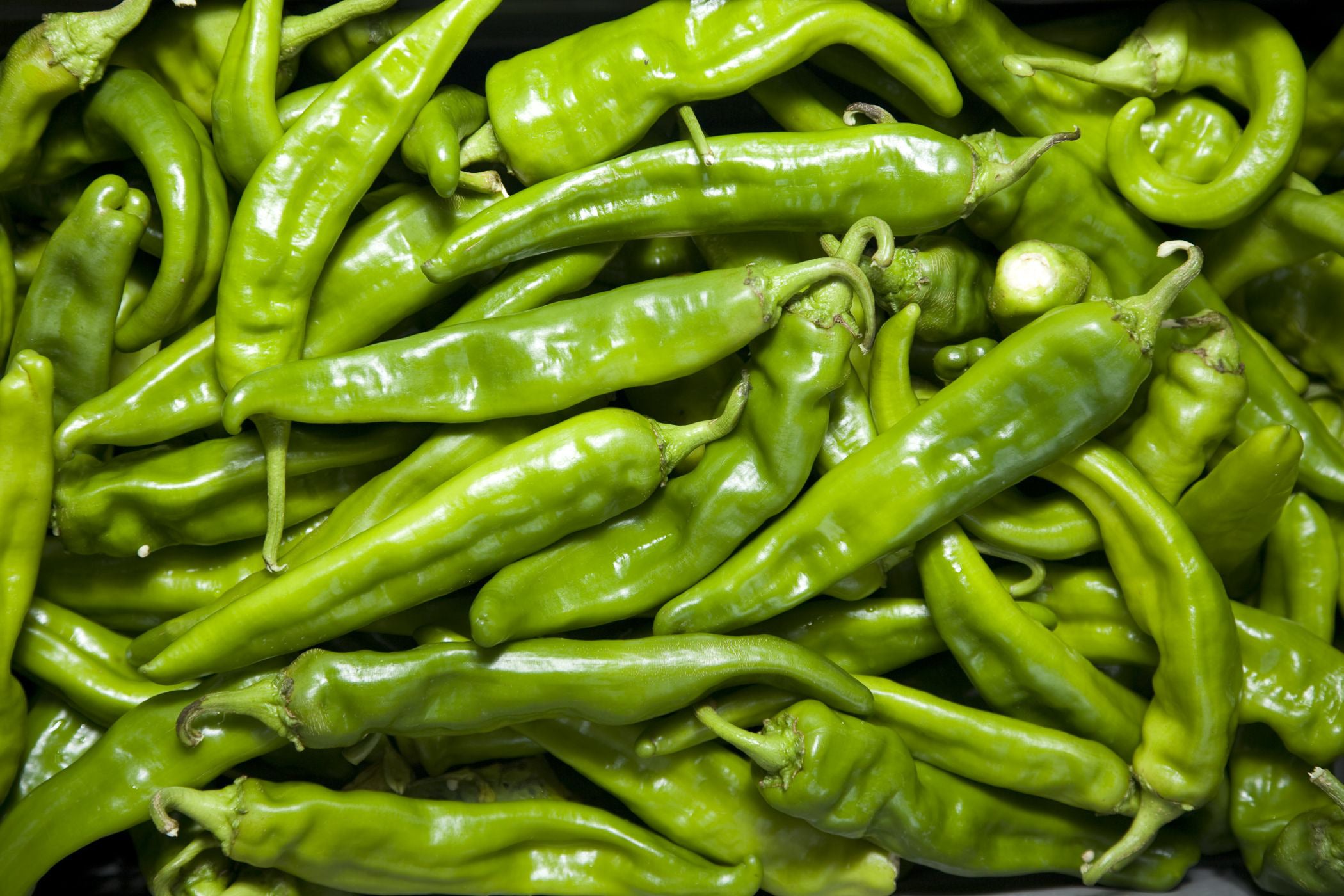
Regardless of what roasting method you use, make sure to wash each chile pod thoroughly and pat dry.
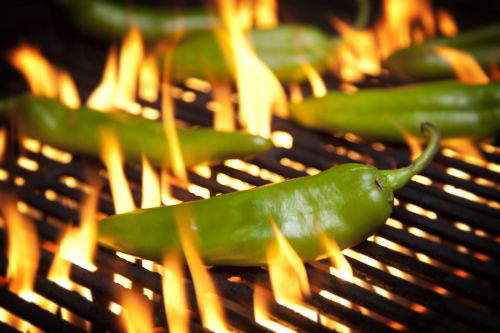
1. Pre-heat your charcoal or propane grill to 450 degrees
2. Place each pepper on the grill an inch apart.
3. Rotate peppers once skin has blistered
4. Continue to rotate until the entire pepper has blistered
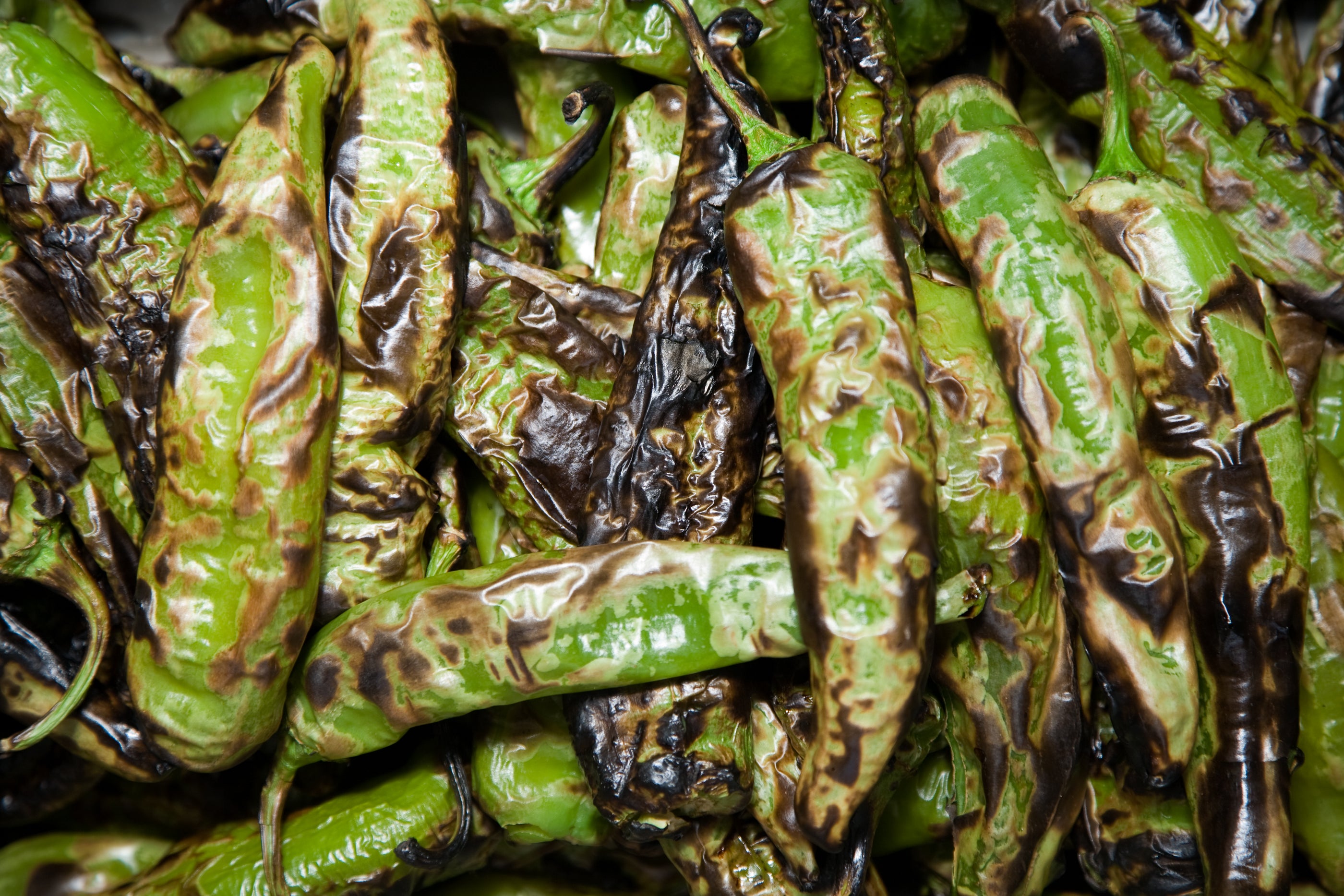
1. Set your oven to broil and pre-heat.
2. Place each pepper on a baking sheet leaving space between each pepper.
3. Using a fork, poke holes in each pod to prevent it from bursting
4. Place your baking sheet in the pre-heated oven and check the chile after 5-7 minutes.
5. Once one side has blistered rotate the pods and repeat until the entire pepper has blistered.
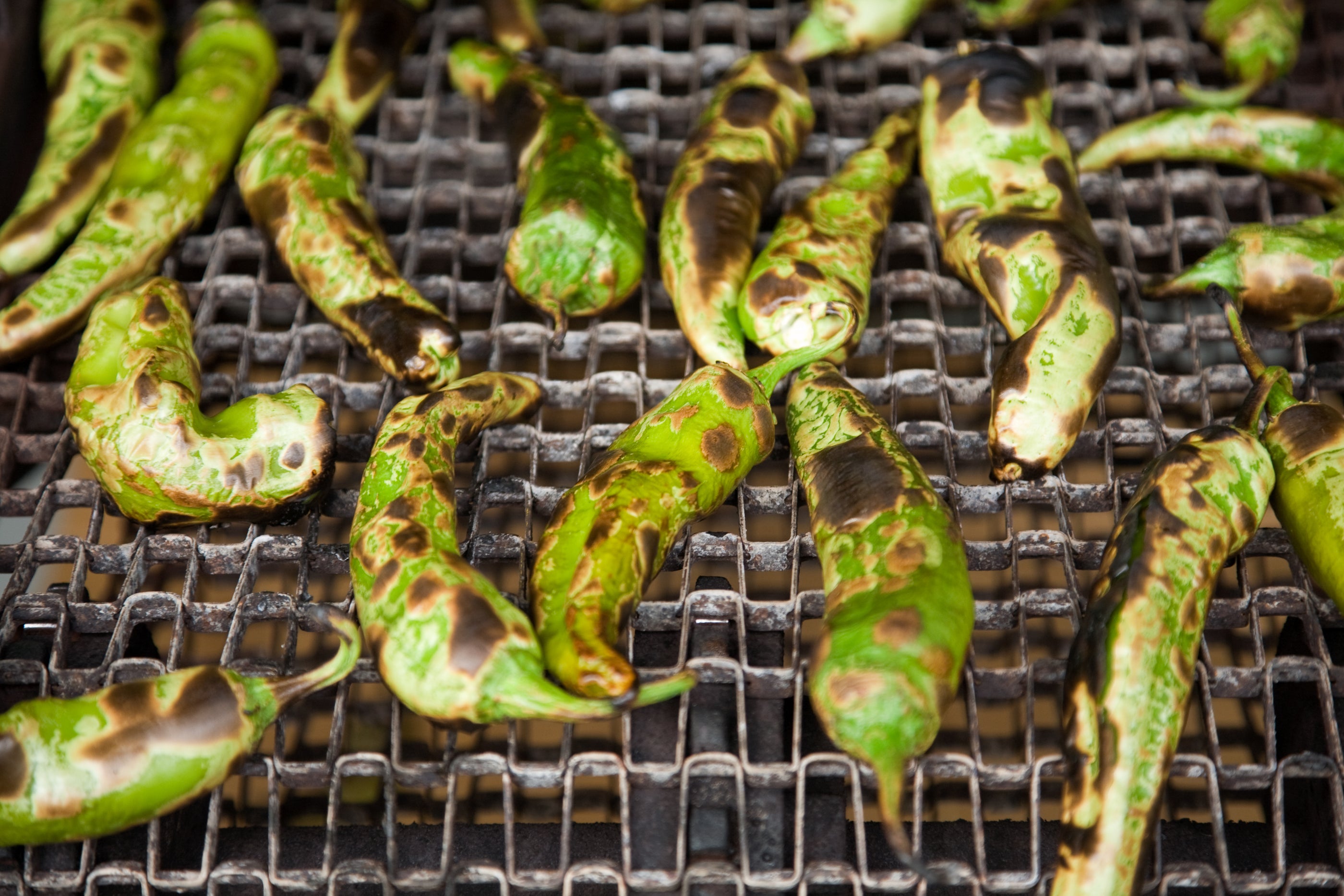
1. Cover gas burner with a layer of heavy wire mesh and turn heat to high
2. Place each pepper on the wire an inch apart
3. Rotate peppers once skin has blistered
4. Continue to rotate until the entire pepper has blistered
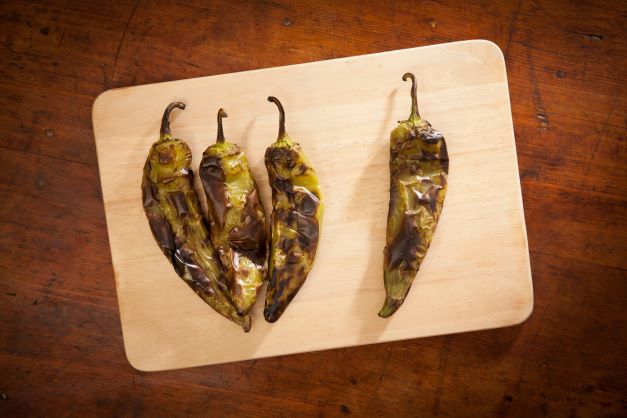
1. Place peppers in a microwave safe dish and cover with secure air-tight lid to allow for steam build up
2. Microwave for 7 to 8 minutes
3. Allow the peppers to remain sealed for 2 minutes
4. The peppers will not blister but the skin will become more brittle and allow you to peel it
Since capsicum can be an irritant to skin and eyes, here are some precautions you can take: use safety glasses, remove contact lenses before peeling, and wear gloves.
Place roasted peppers (while they are hot) in a microwave safe or heat tolerant covered container or plastic bag (food grade) that will allow steam to release slowly from the roasted peppers for 4-6 minutes. The blistered skin will pull off the chile flesh with a gentle tug or while running water over it. In areas that did not completely blister, the skin can be removed by scraping with a sharp knife
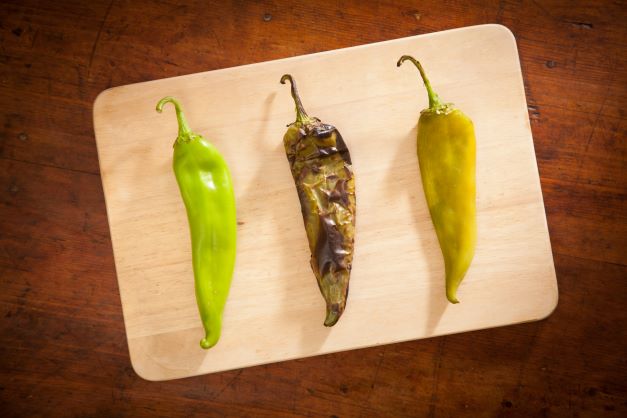
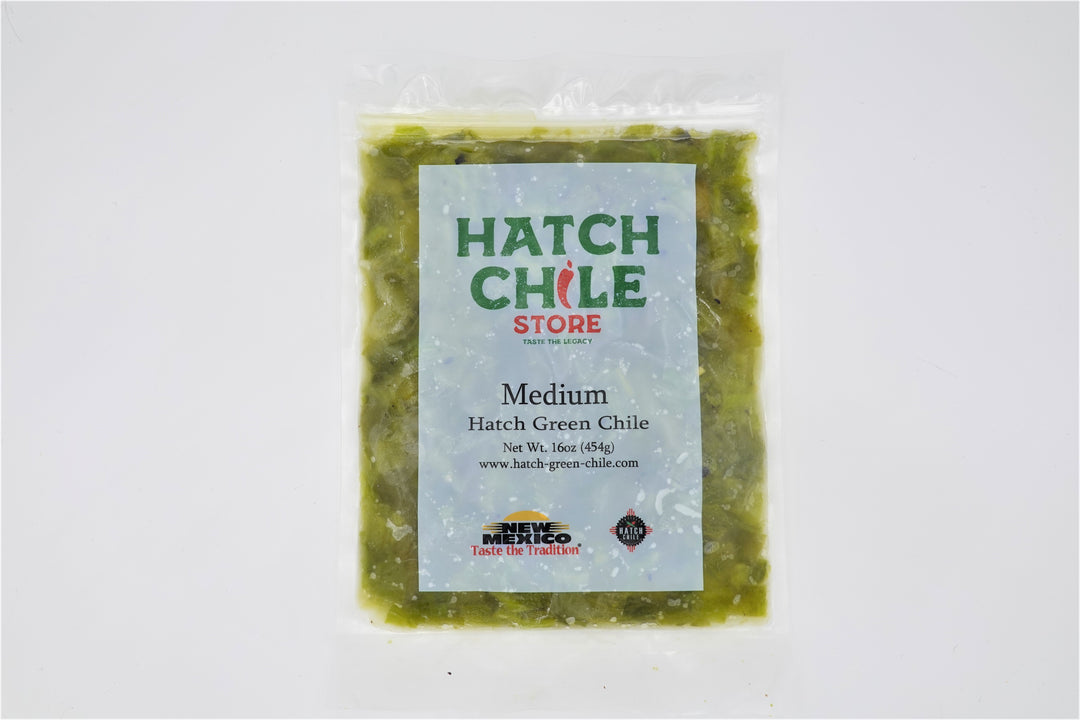
Roasted peppers must be properly frozen to ensure a high quality, safe product. Roasted peeled peppers should be refrigerated within 2 hours of exposure to heat.
It’s best to use shallow containers to allow for quick freezing. Specialized plastic freezer containers with lids or freezer bags are best for storing in freezer. Remove as much air as possible to reduce amount of surface crystallization that can form in air spaces during freezing. Peppers can be stored safely in the freezer for up to 12-18 months.
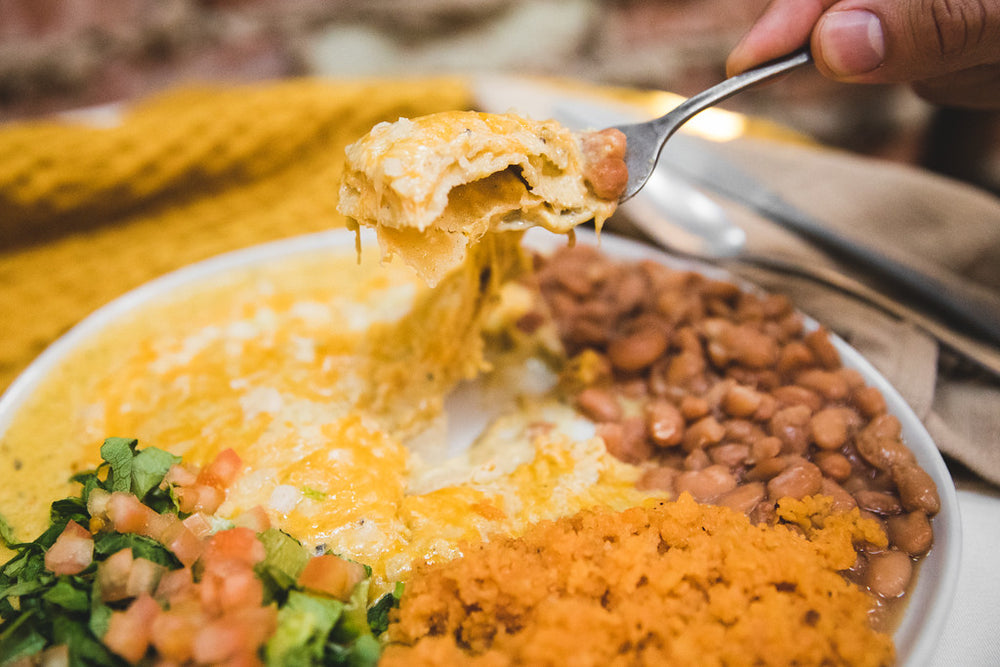
What's a more classic New Mexican dish that enchiladas?
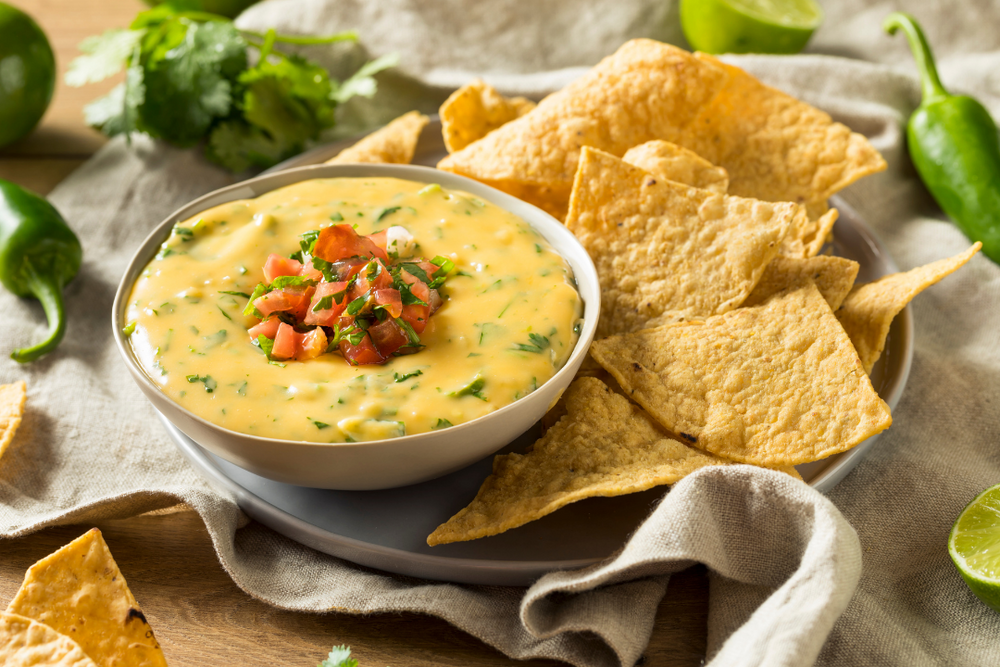
Who doesn't love a good queso, espesically one with some spice!
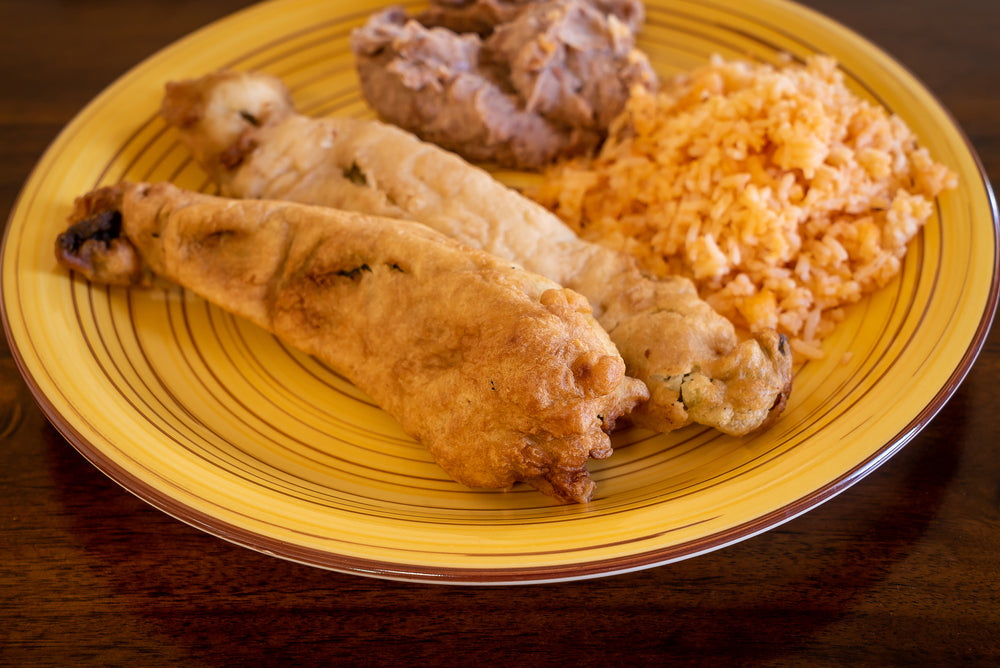
This recipe is one straight out of our family's cookbook that's passed down generation to generation.